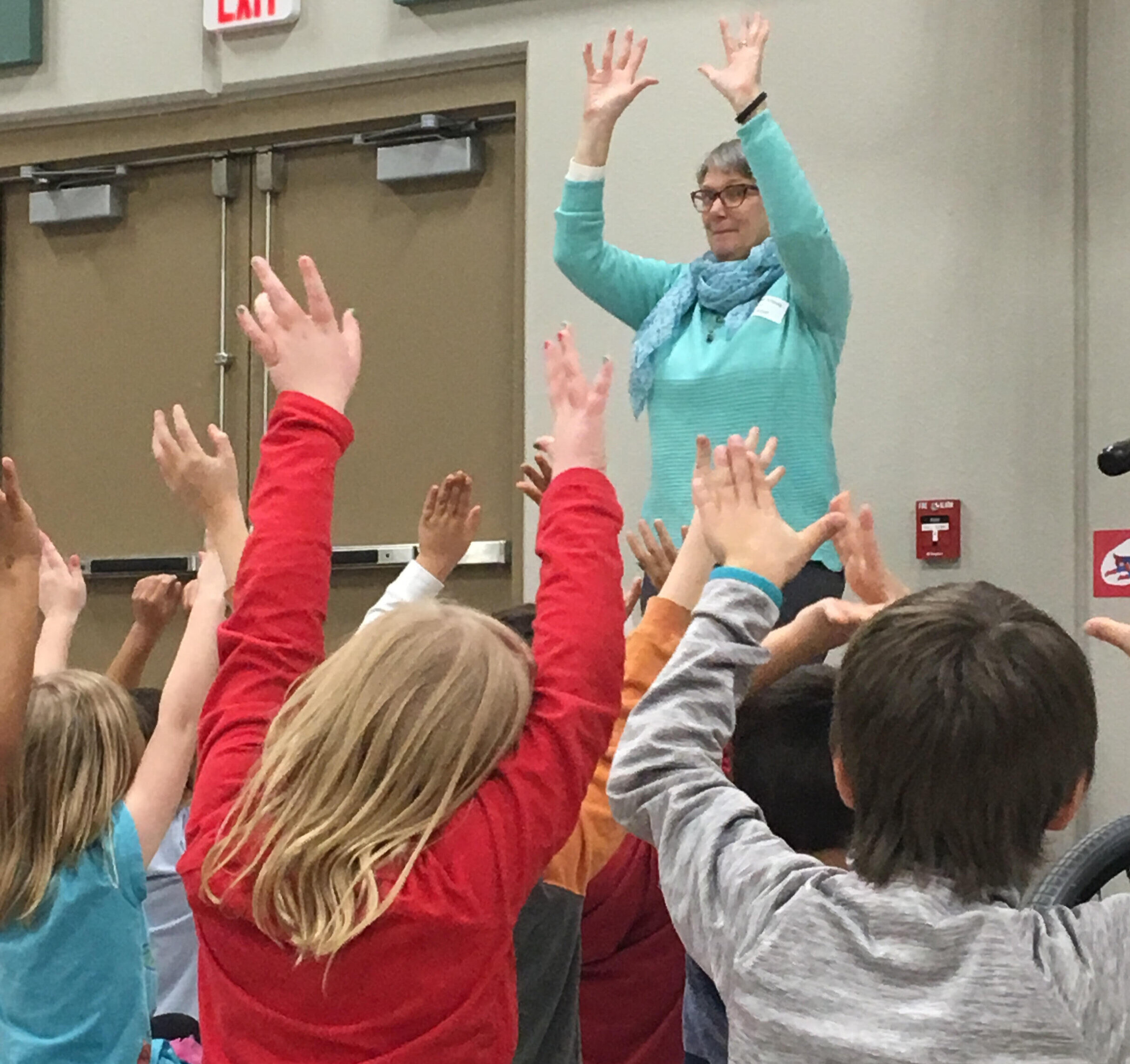Clapping, counting and tapping: using fingerplays with young children
/Last summer, I gave a workshop on fingerplays to a large group of early childhood educators. It was so fun! Whether you’re a teacher, parent, grandparent, storyteller or even a babysitter, you’ll find that young children enjoy these simple bits of silliness. Here’s one I learned from a group of kindergartners in Belgium (I posted this a while ago, but not with my own hands, with my hereditary crooked fingers):
First of all, what is a fingerplay? It’s a simple song or chant for children, using the fingers. Remember “Where Is Thumbkin”? That is a fingerplay. These are low-tech, simple and fun ways to connect with children.
Fingerplays and rhymes are great for engaging young minds. Here are some benefits:
teaching simple math,
enhancing small and large motor coordination,
building listening skills and appropriate participation,
offering valuable prereading skills such as rhythm, rhyme, sequencing and prediction.
Johnny Woops is one of the simplest fingerplays I know, and it works with tiny children up to about six-year-olds. You can use any names you want. Parents can do this fingerplay on their baby’s hands. One of the nice things about this one is that children cross the midline of the body. The two sides of the brain must work together that way, as we do when we read right to left. Brain exercise!
As I prepared for the workshop, I thought back to my own childhood. “Here are my lady’s knives and forks” was a fingerplay I remembered. “Two little blackbirds” was another (Google these if you don’t know them). My public library and my own personal library have books of fingerplays.
I also went on the hunt online, turning first to jbrary. The two librarian hosts have put together an amazing treasury of stories, songs and games. Here’s one I love, not exactly a fingerplay but close:
In my search, I found quite a few songs and fingerplays by Dany Rosevear that suit me well. I especially like the old-fashioned “Wind the Bobbin Up”, though I did have to explain to my storytime kids what a bobbin is. This one enhances large motor skills.
I hope some of these will suit you. If they don’t, look for some that do! I’d love to hear about your favorite fingerplays and action songs.







